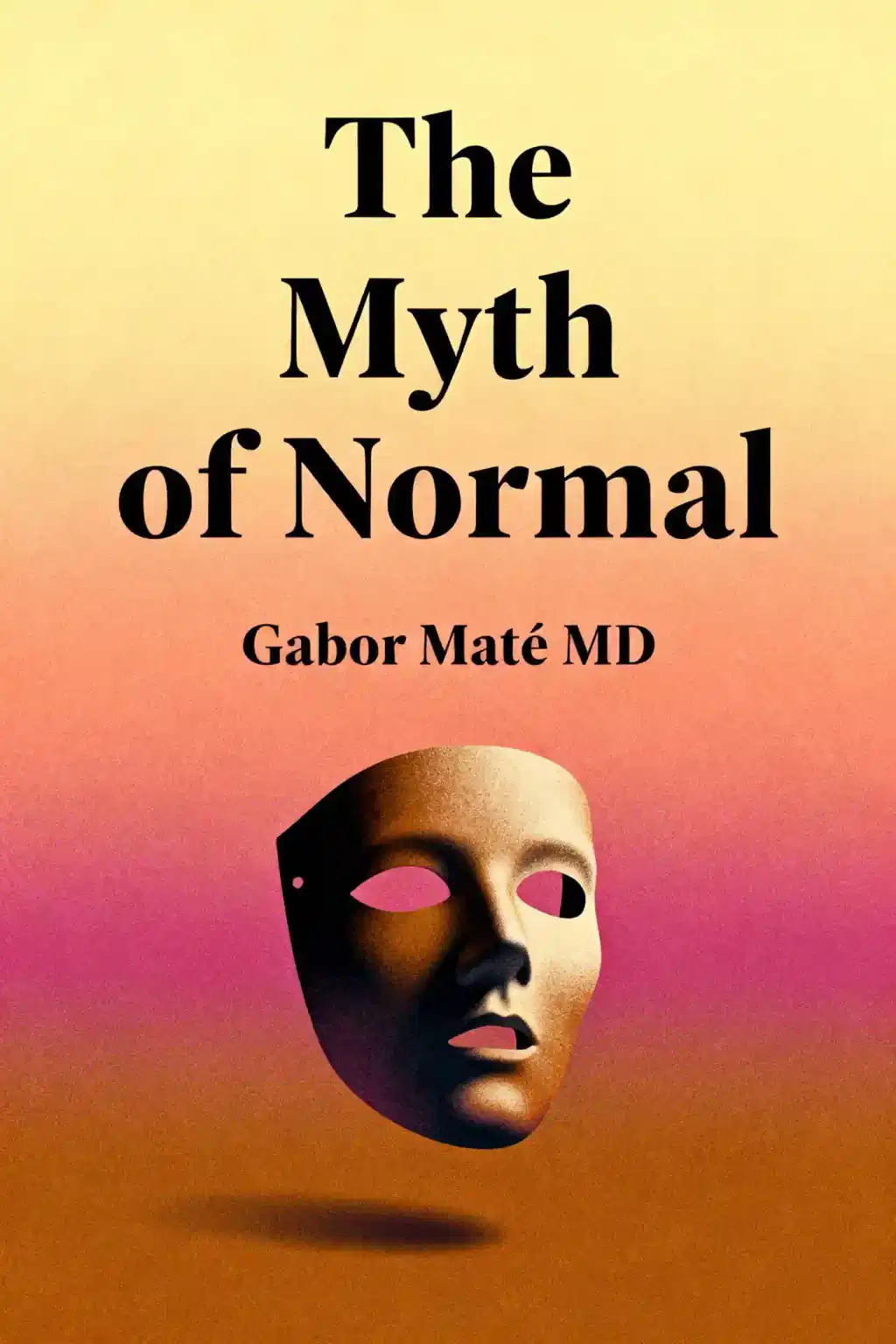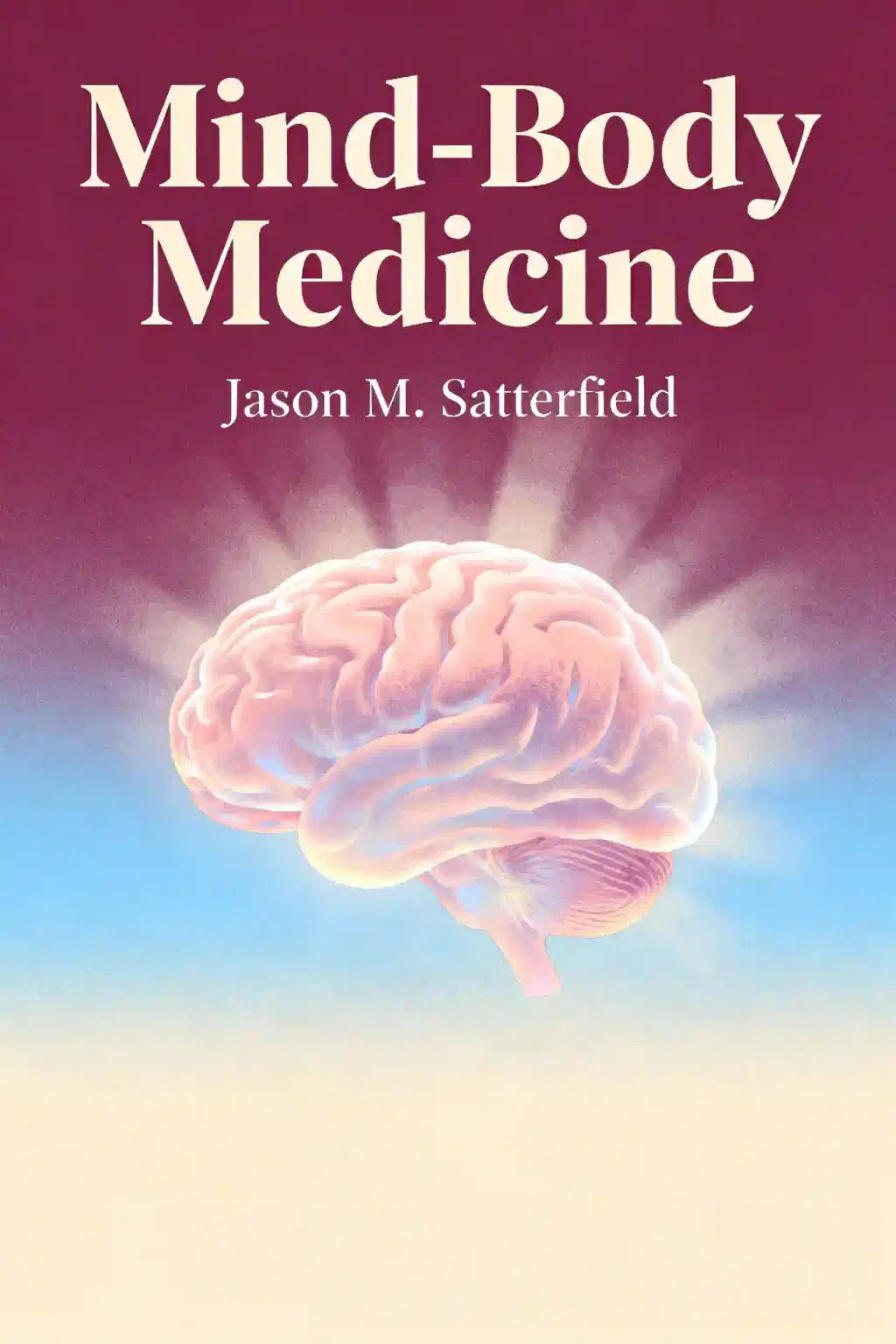
When the Body Says No by Gabor Maté Summary
Overview of When the Body Says No
Discover why your body's stress signals may be screaming what your mind won't admit. Translated into 30+ languages, Dr. Mate's bestseller reveals the shocking link between repressed emotions and disease, challenging traditional medicine with insights that have transformed thousands of lives worldwide.
Similar books to When the Body Says No
Feel the book through the author's voice
Turn knowledge into engaging, example-rich insights
Capture key ideas in a flash for fast learning
Enjoy the book in a fun and engaging way
Key takeaways
The Body's Desperate Whisper
What if your chronic pain isn't betraying you-but protecting you? What if that autoimmune flare-up, that inexplicable fatigue, that tumor growing silently in the dark isn't a biological malfunction but a message written in the only language your body knows? This is the radical proposition that has transformed how we understand illness: our bodies become the storytellers when our minds refuse to speak the truth. Since this idea emerged, it has rippled through medicine, psychology, and millions of living rooms where people finally recognized themselves in these pages. The cultural impact has been seismic-from medical schools incorporating emotional health into treatment protocols to patients demanding doctors ask not just "What are your symptoms?" but "What happened to you?" In an era of skyrocketing autoimmune diseases and mysterious chronic conditions, this framework offers something medicine often withholds: the possibility that understanding our emotional lives might be as crucial as any prescription. Mary's hands were dying. What began as a sewing needle puncture that wouldn't heal revealed itself as Raynaud's phenomenon-her finger arteries narrowing until gangrene set in. This was merely the opening act of scleroderma, an autoimmune disease where the body wages war against itself. For eight years, doctors treated her symptoms while never asking the question that mattered most: What in your life made saying "no" impossible? When that question finally came, Mary's story poured out-childhood abuse, abandonment at seven, decades of caring for everyone except herself. She had never voiced these truths to another soul. Her body, it seemed, was screaming what her voice could not.
When Your Immune System Attacks Your Silence
The Stress We Cannot See and the Diseases It Creates
The Price of Never Being Good Enough
Your Body Keeps the Score
The Wound That Keeps on Giving
Breaking the Chain: Your Body, Your Story, Your Choice
Quick Summary Mode - Read or listen to When the Body Says No Summary in 13 Minutes
Break down key ideas from When the Body Says No into bite-sized takeaways to understand how innovative teams create, collaborate, and grow.
Flash Card Mode - Top 8 Insights from When the Body Says No in a Nutshell
Distill When the Body Says No into rapid-fire memory cues that highlight Pixar’s principles of candor, teamwork, and creative resilience.

Fun Mode - When the Body Says No Lessons Told Through 23-Min Stories
Experience When the Body Says No through vivid storytelling that turns Pixar’s innovation lessons into moments you’ll remember and apply.
Personalize Mode - Read or listen to When the Body Says No Summary in 0 Minutes
Ask anything, pick the voice, and co-create insights that truly resonate with you.

From Columbia University alumni built in San Francisco

Get the When the Body Says No summary as a free PDF or EPUB. Print it or read offline anytime.










